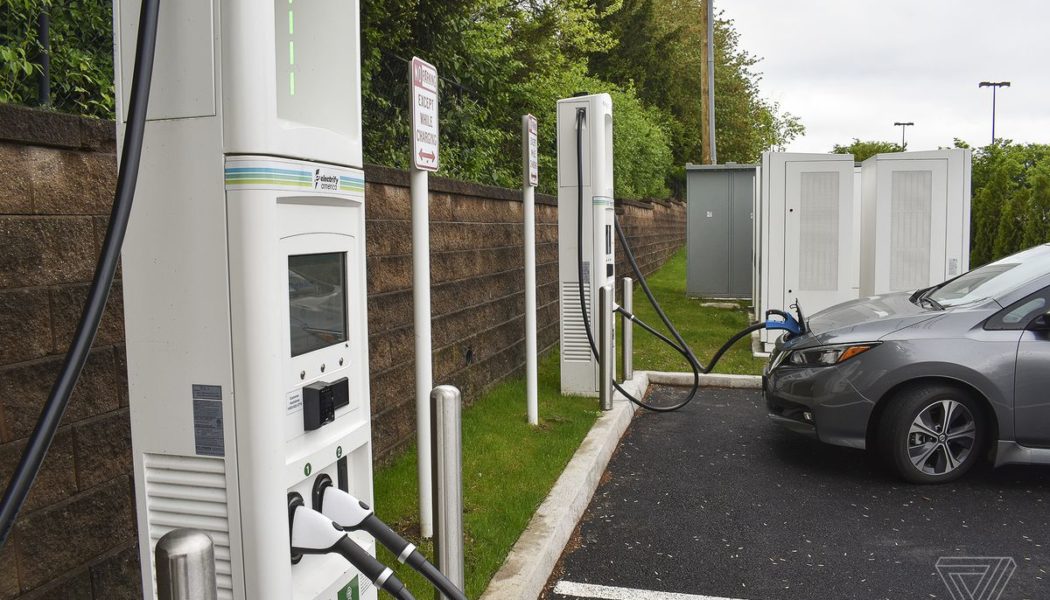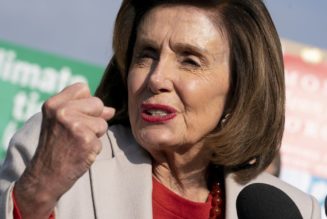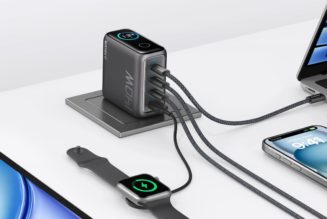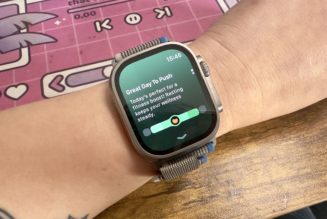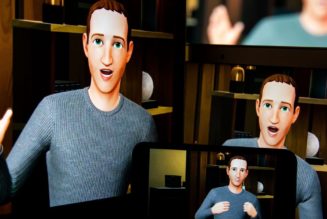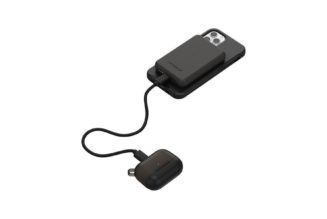The Biden administration is revealing a new set of standards to help accelerate the installation of 500,000 electric vehicle chargers across the US by 2030.
The new standards give states guidelines on awarding contracts for EV charging projects, directing the companies who get them to build chargers that are convenient, affordable, and accessible to the broadest number of people. And they outline the types of projects that won’t receive federal money, including proprietary charging stations that can only be accessed by one company’s vehicles, like Tesla’s Supercharger network.
The new standards come as much of President Joe Biden’s climate change fighting agenda remains stalled in Congress. The president was able to secure $5 billion in funding as part of his infrastructure plan that was signed into law late last year. But other elements of his plan, including more lucrative tax breaks for EV buyers, lack a clear path forward.
Earlier this year, the administration announced that it will direct the $5 billion to states to create this network of EV charging stations along designated “Alternative Fuel Corridors,” defined as approximately 165,722 miles of the National Highway System, covering 49 states and the District of Columbia.
Under the plan, called the National Electric Vehicle Infrastructure Formula Program, states must submit their requests to the Joint Office of Energy and Transportation by August 1st. The Federal Highway Administration will approve eligible plans by September 30th, with $615 million being made available in fiscal year 2022.
The current charging experience in the US is intensely fragmented, especially for people who don’t own a Tesla. There are approximately 41,000 public charging stations in the United States, with more than 100,000 outlets. But finding one that actually works or isn’t locked inside a gated parking garage can be a bit of a scavenger hunt.
As the money begins to roll out, the White House said it wants to ensure that Americans aren’t getting more of the same — a fragmented network, with chargers that are often broken or hard to find.
:no_upscale()/cdn.vox-cdn.com/uploads/chorus_asset/file/22498543/ahawkins_20210503_4551_0009.jpg)
“Everyone should be able to find a working charging station when and where they need it, without worrying about paying more or getting worse service because of where they live,” Transportation Secretary Pete Buttigieg said in a briefing with reporters. “You shouldn’t have to sort through half-a-dozen apps on your phone just to be able to pay at a charging station. And no matter where you live or where you’re headed, everyone should be able to count on fast charging, fair pricing, and easy-to-use payment for their EVs.”
Under the new standards, EV charging stations would be built every 50 miles along major highways, and no more than 1 mile off those corridors. They direct states to ensure that EV charging stations are built in less dense parts of the country, like rural and tribal communities. They require EV charging companies to provide customers with real-time information, so they can tell when a charging station is occupied or broken. And they require at least four 150kW DC fast charging ports per station — which would go a long way toward addressing the concerns of people who worry about the utility of electric vehicles on road trips or other longer journeys.
The standards would also prohibit EV charging companies that are receiving federal funding from requiring drivers to sign-up for memberships in order to access stations. And they would direct companies to install charging ports that can be used by the broadest number of vehicle owners. (Some EV makers, including Tesla and Rivian, are building out their own EV charging network with proprietary plugs, meaning they can only be accessed by their own customers — though that may be changing.)
The intention, Buttigieg said, is to send “a market signal toward a standard charging port for stations to accommodate the widest possible set of vehicles, and accommodate adapters for all vehicles.”
The administration is also working on additional plans for residential incentives, where most EV owners will do their charging, and for those vehicle owners who live in multi-unit dwellings and apartment buildings. An “EV working group” will make recommendations to the Department of Energy, which will then put those plans into motion.
“If we’re going to build out infrastructure like we haven’t done since the Eisenhower era, we have to build it right,” Energy Secretary Jennifer Granholm said.
